 Facebook
Facebook
 X
X
 Instagram
Instagram
 TikTok
TikTok
 Youtube
Youtube
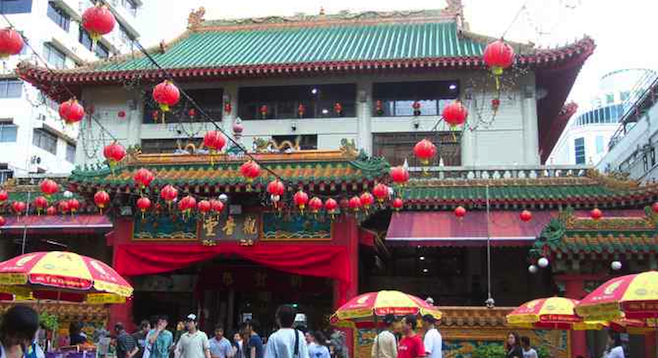
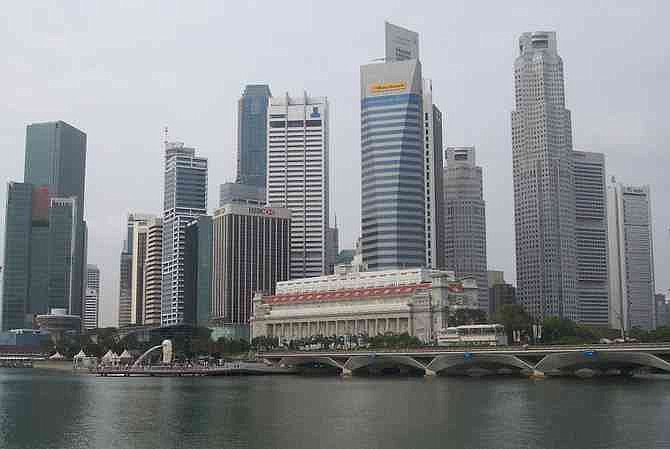
Singapore is known as one of Asia’s tigers for its robust, fast-growing economy. One of the secrets of its success is its diversity. Although set on an island off the Malay Peninsula, Singapore is an essentially Chinese city. But it has a long history as melting pot for different cultures.
Singapore was founded by the British East India Company on a sparsely populated island in 1819. The original Malay inhabitants were not numerous enough for the labor needs of the British, so Chinese and Indian immigrants were brought in to staff the city's English industries.
Its colonial, rather than distinctly ethnic, legacy has made Singapore what it is today. Make no doubt about it, it is today predominantly Chinese (approximately 75% of the population). Still, the legacy of toleration and fusion of cultures is alive and well.
Nowhere is this better seen than in the food culture of Singapore: side by side in its hawker centres (what we’d call a food court) are all the tastes of this fusion living in perfect harmony.
The Chinese
Although sizable minority groups exist, the city today is Chinese. For a look at the original Chinese settlement in Singapore, visit Singapore’s Chinatown. For the first-time American in the East, the term “Chinatown” applied to a section of a Chinese city may sound funny – if you think of what we would refer to as an old town or historic district, you will better capture the intent of the term.
In the middle of Chinatown is the Chinatown complex, which in its basement contains a large market where you can find all the fresh ingredients that make up the fusion cuisine of Singapore. Found amongst the seafood, vegetables and spice vendors is an incredible diversity of cuisine.
A few blocks away from the market is Thian Hock Keng Taoist temple, one of the largest and oldest temples in Singapore. The temple is dedicated to the Hokkien sea goddess Ma Chu P’oh. Thian Hock Keng sit along temple street, where you can still find many traditional Chinese professions, such as fortune tellers and scribes, that are likely to die out with the older generation.
The English
The colonial section of Singapore is sandwiched between Canning Fort Park to the North and the bay to the South. Its heart is the Padang playing field, a large cricket field and city park. The park is bordered by some of Singapore’s most important government buildings, including the old and new Supreme Court buildings.
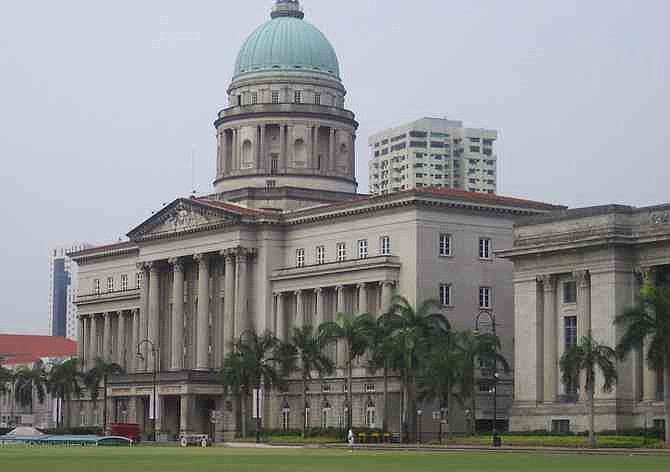
The old Supreme Court building built in 1837 (left) is a great example of English colonial architecture, while the next-door new Supreme Court building represents the vigor and modernism of the new Singapore.
No building in Singapore is more iconic or emblematic of the English colonial influence than the magnificent Raffles Hotel. Harking back to the day when travel was a pastime only for the ultra-rich, this luxurious hotel still does a thriving trade with the well-to-do crowd.
Other landmarks not to be missed in the Colonial center are St Andrew’s Cathedral and the Old Parliament House. Next door to the old parliament building is the Asian Civilisations Museum, Singapore’s finest museum.
Malay influences
Sitting only a few hundreds meters off the coast of Malaysia and having been part of a Malay Sultanate prior to British occupation, it should come as no surprise that Singapore still has a sizeable minority of native Malay.
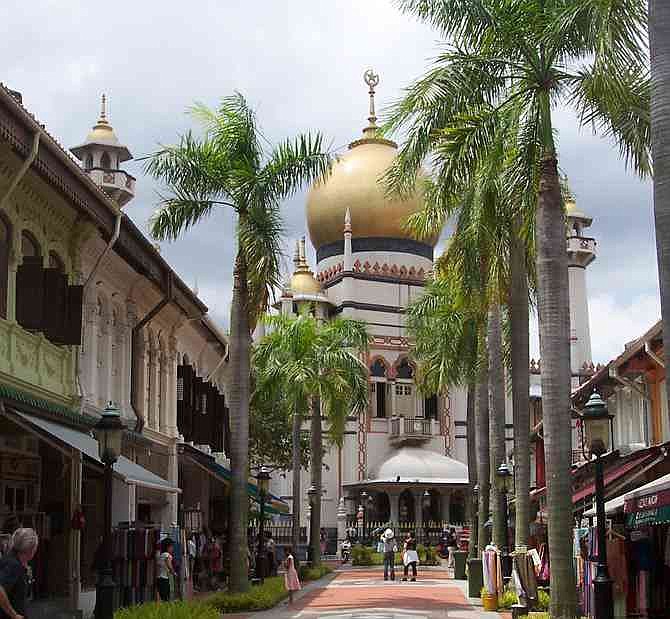
The culture center of this community is centered around Sultanate Mosque in the Kampong Glam neighborhood. A block away from the mosque is the Malay Heritage Centre, housed in the 1840 Istana Kampong Glam.
After working up an appetite visiting these sights, head over to Bugis Street, a pedestrian shopping street, for some excellent Malay cuisine and some retail therapy.
Indian influence
Known as a bargain shopper’s paradise, Singapore’s Little India district is centered on Serangoon Street in the northeastern part of downtown.
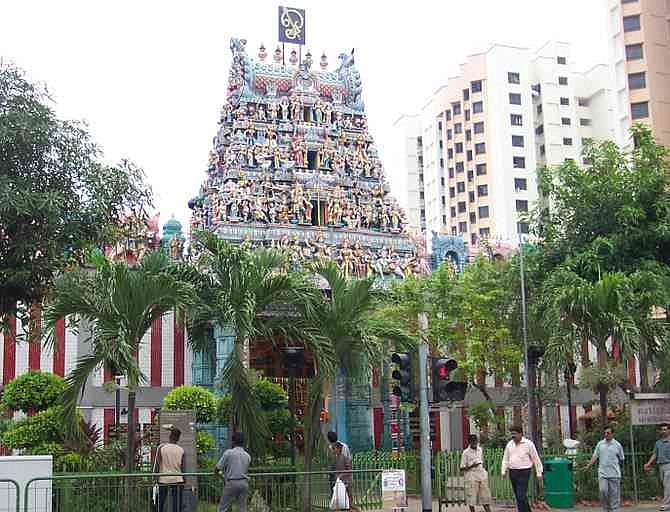
A little past the sidewalks shops and restaurants of Little India, you’ll reach the 60-foot-high gopuram (monumental Tower) of Sri Srinivasa Temple. This Hindu temple is dedicated to Vishnu the preserver and is second only in importance to the oldest Hindu temple in Singapore, Chinatown’s Sri Mariamman temple.
Bottom line
To experience a wide range of the cultural mix that Asia has to offer without planning an expensive multi-country trip, head to Singapore. Many of the most important cultural influences of Asia can be seen within a few stops on Singapore’s MRT.
Nowhere can this melting pot be better seen than in one of the many hawker food courts of Singapore, where all the tastes of Orient are available.



Singapore is known as one of Asia’s tigers for its robust, fast-growing economy. One of the secrets of its success is its diversity. Although set on an island off the Malay Peninsula, Singapore is an essentially Chinese city. But it has a long history as melting pot for different cultures.
Singapore was founded by the British East India Company on a sparsely populated island in 1819. The original Malay inhabitants were not numerous enough for the labor needs of the British, so Chinese and Indian immigrants were brought in to staff the city's English industries.
Its colonial, rather than distinctly ethnic, legacy has made Singapore what it is today. Make no doubt about it, it is today predominantly Chinese (approximately 75% of the population). Still, the legacy of toleration and fusion of cultures is alive and well.
Nowhere is this better seen than in the food culture of Singapore: side by side in its hawker centres (what we’d call a food court) are all the tastes of this fusion living in perfect harmony.
The Chinese
Although sizable minority groups exist, the city today is Chinese. For a look at the original Chinese settlement in Singapore, visit Singapore’s Chinatown. For the first-time American in the East, the term “Chinatown” applied to a section of a Chinese city may sound funny – if you think of what we would refer to as an old town or historic district, you will better capture the intent of the term.
In the middle of Chinatown is the Chinatown complex, which in its basement contains a large market where you can find all the fresh ingredients that make up the fusion cuisine of Singapore. Found amongst the seafood, vegetables and spice vendors is an incredible diversity of cuisine.
A few blocks away from the market is Thian Hock Keng Taoist temple, one of the largest and oldest temples in Singapore. The temple is dedicated to the Hokkien sea goddess Ma Chu P’oh. Thian Hock Keng sit along temple street, where you can still find many traditional Chinese professions, such as fortune tellers and scribes, that are likely to die out with the older generation.
The English
The colonial section of Singapore is sandwiched between Canning Fort Park to the North and the bay to the South. Its heart is the Padang playing field, a large cricket field and city park. The park is bordered by some of Singapore’s most important government buildings, including the old and new Supreme Court buildings.

The old Supreme Court building built in 1837 (left) is a great example of English colonial architecture, while the next-door new Supreme Court building represents the vigor and modernism of the new Singapore.
No building in Singapore is more iconic or emblematic of the English colonial influence than the magnificent Raffles Hotel. Harking back to the day when travel was a pastime only for the ultra-rich, this luxurious hotel still does a thriving trade with the well-to-do crowd.
Other landmarks not to be missed in the Colonial center are St Andrew’s Cathedral and the Old Parliament House. Next door to the old parliament building is the Asian Civilisations Museum, Singapore’s finest museum.
Malay influences
Sitting only a few hundreds meters off the coast of Malaysia and having been part of a Malay Sultanate prior to British occupation, it should come as no surprise that Singapore still has a sizeable minority of native Malay.

The culture center of this community is centered around Sultanate Mosque in the Kampong Glam neighborhood. A block away from the mosque is the Malay Heritage Centre, housed in the 1840 Istana Kampong Glam.
After working up an appetite visiting these sights, head over to Bugis Street, a pedestrian shopping street, for some excellent Malay cuisine and some retail therapy.
Indian influence
Known as a bargain shopper’s paradise, Singapore’s Little India district is centered on Serangoon Street in the northeastern part of downtown.

A little past the sidewalks shops and restaurants of Little India, you’ll reach the 60-foot-high gopuram (monumental Tower) of Sri Srinivasa Temple. This Hindu temple is dedicated to Vishnu the preserver and is second only in importance to the oldest Hindu temple in Singapore, Chinatown’s Sri Mariamman temple.
Bottom line
To experience a wide range of the cultural mix that Asia has to offer without planning an expensive multi-country trip, head to Singapore. Many of the most important cultural influences of Asia can be seen within a few stops on Singapore’s MRT.
Nowhere can this melting pot be better seen than in one of the many hawker food courts of Singapore, where all the tastes of Orient are available.
Comments